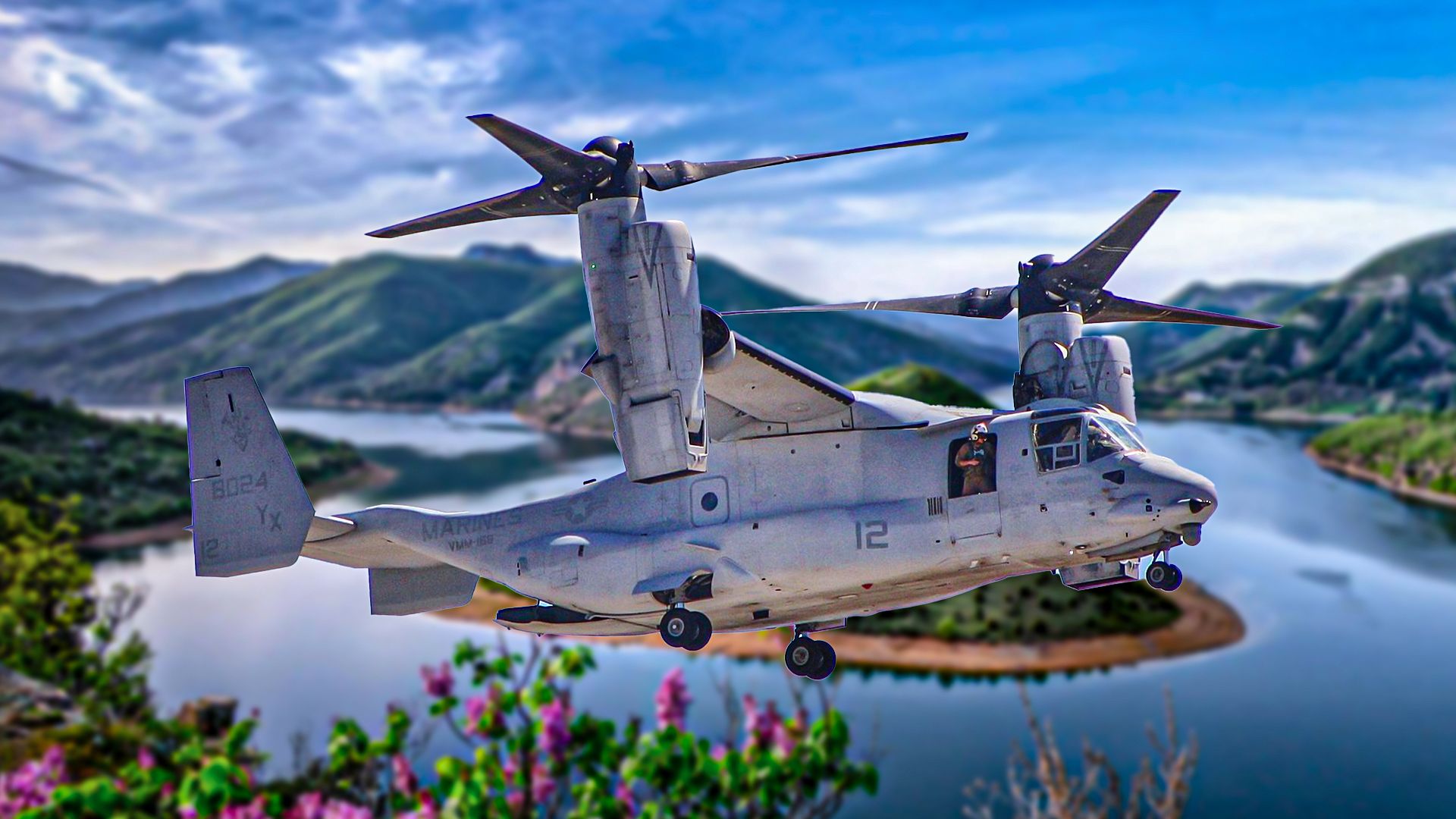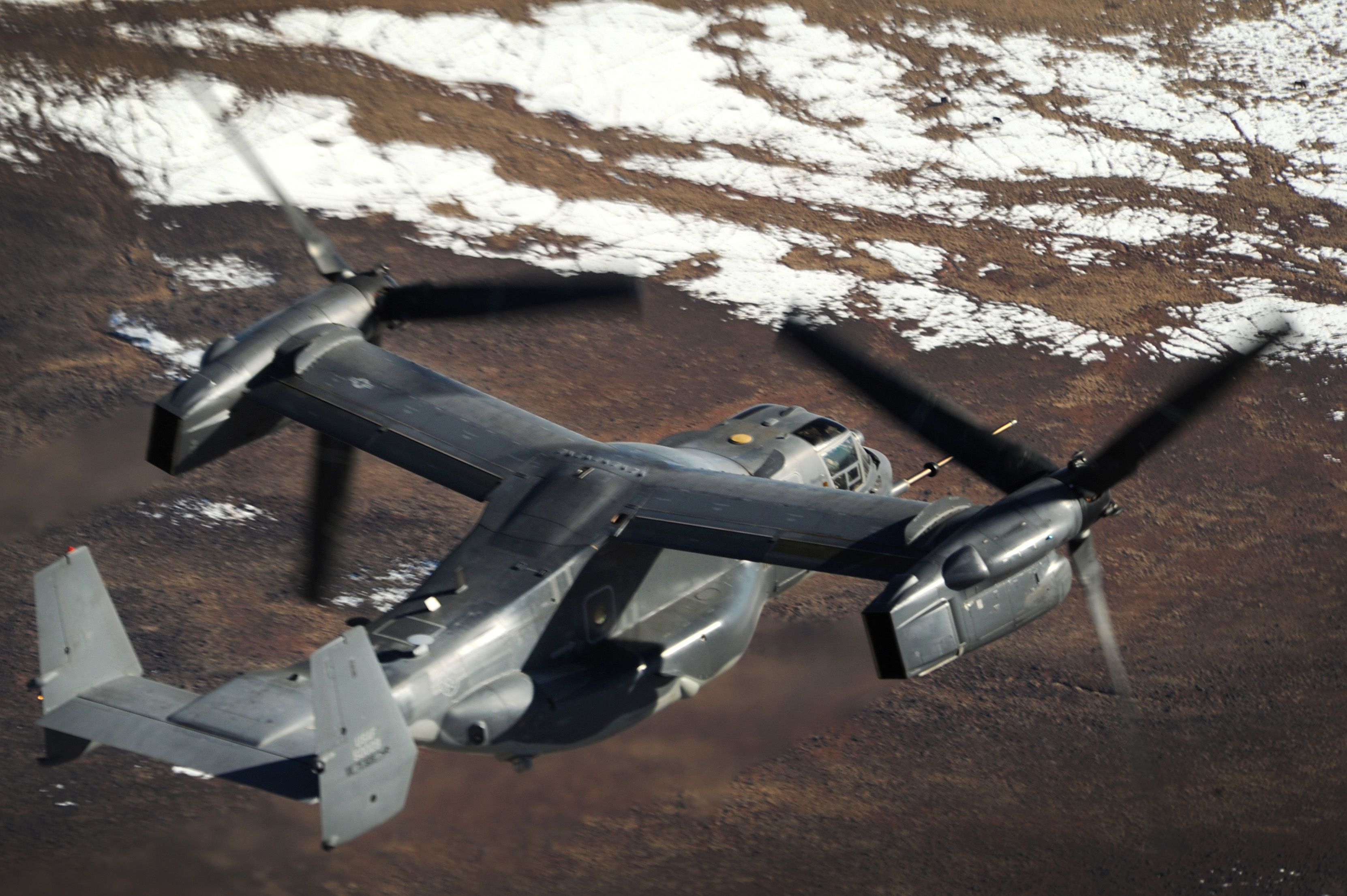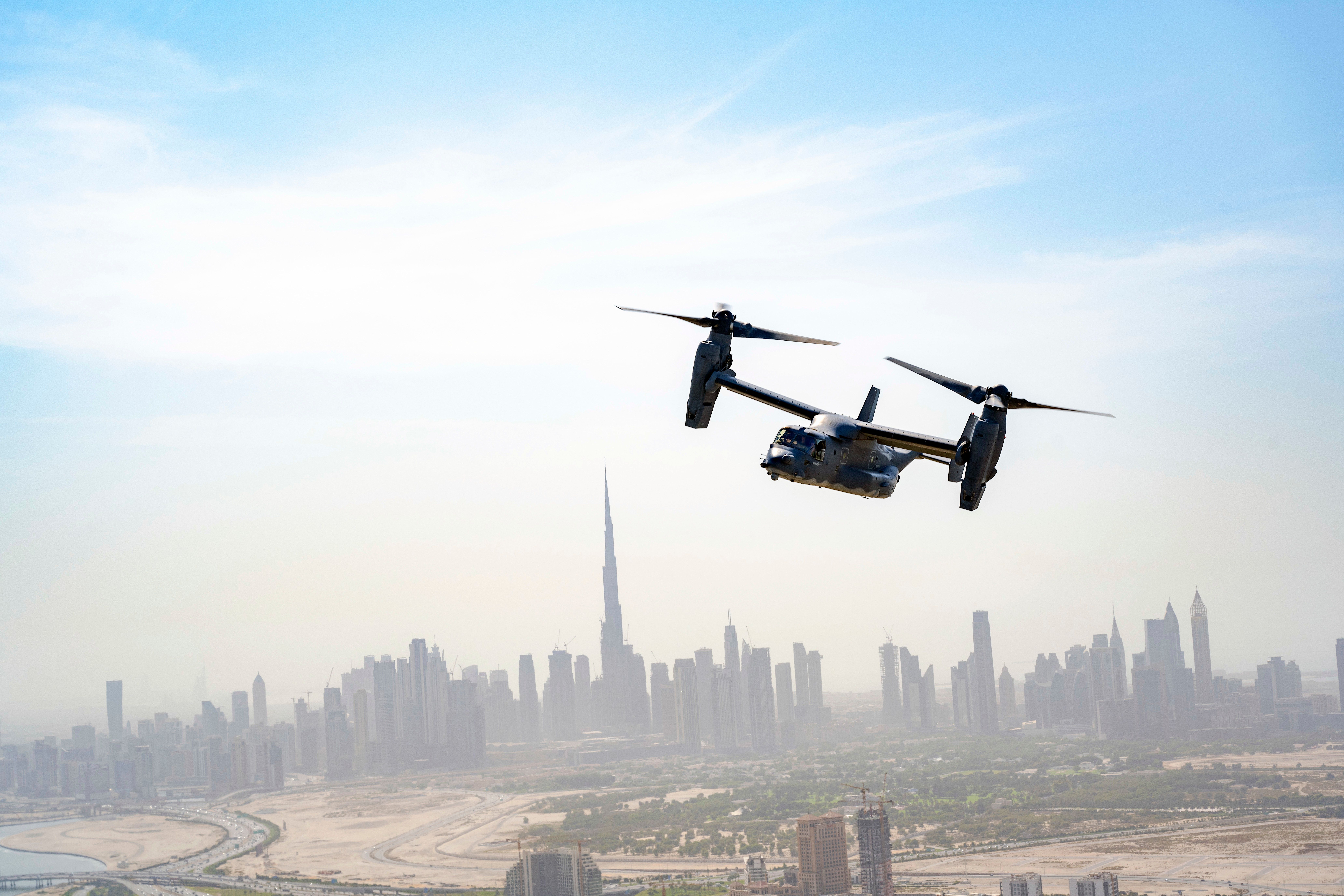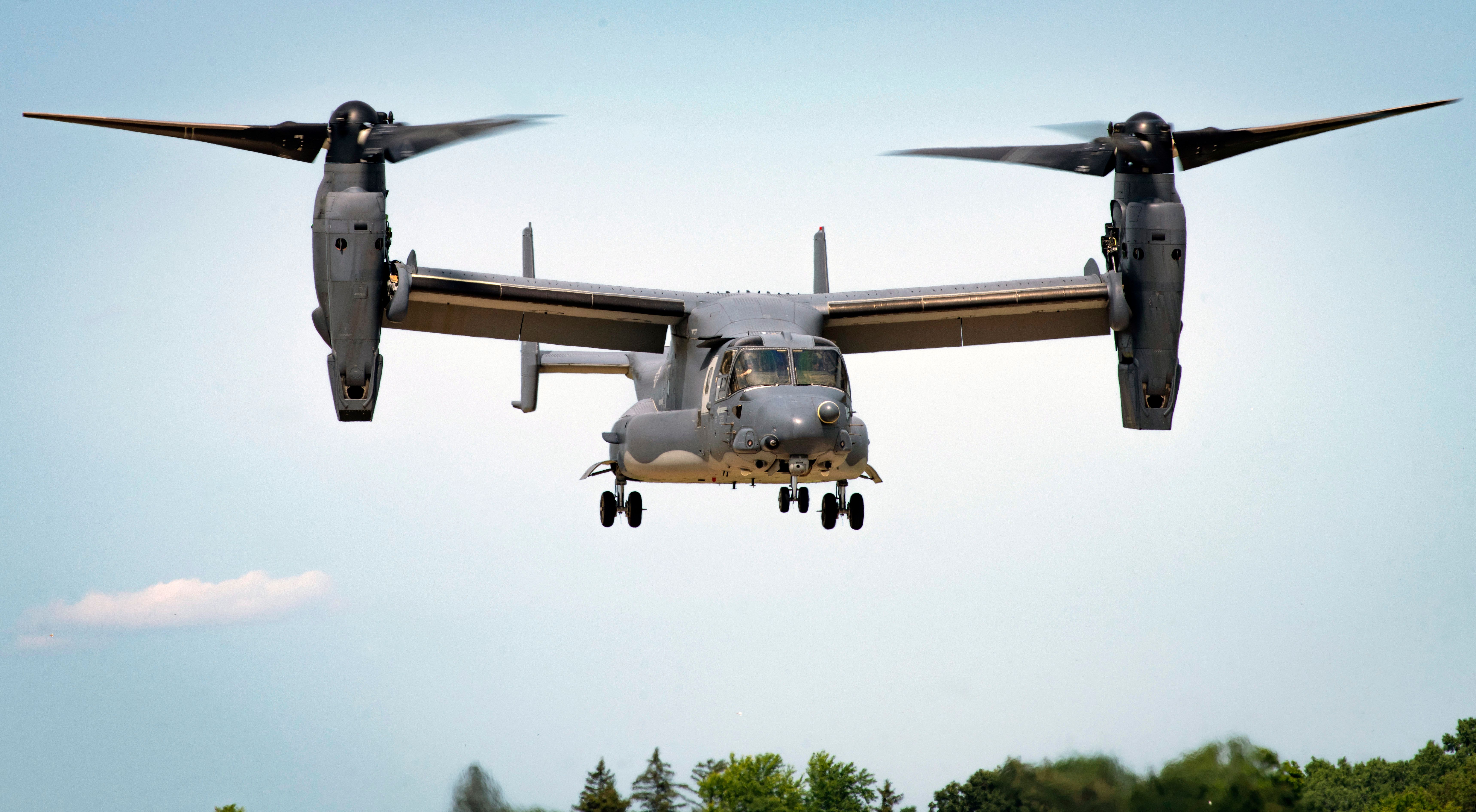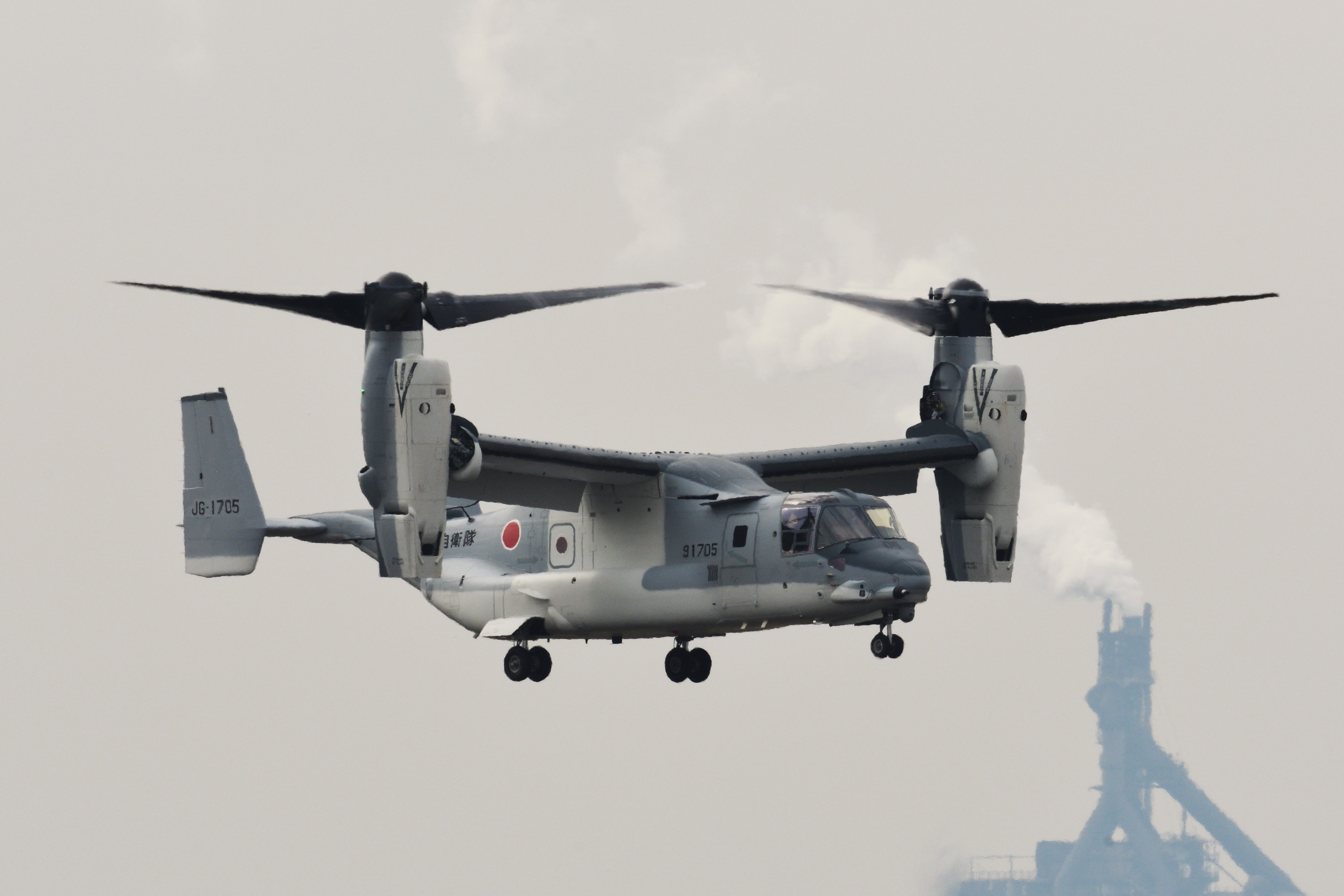Summary
- The V-22 Osprey is a clean-sheet design with a unique tiltrotor, combining features of helicopters and turboprop aircraft.
- The US Marine Corps plans to keep Ospreys flying until the 2060s or 2070s.
- Future plans include converting to optionally piloted configurations, standardizing, and modernizing the fleet for longevity.
The Bell Boeing V-22 Osprey has received considerable attention for its unique design, troubled development, and accidents. However, the Marines seem to think these troubles can be overcome and plan to have the military aircraft flying into the 2060s or even 2070s. (Ospreys are also operated by the Air Force, Navy, and the Japanese). Having been manufactured over decades for multiple customers, the V-22 Ospreys come in a number of variants.
A clean-sheet design with a future
The V-22 Osprey first flew in 1989 and entered service in 2007. It is an example of a clean-sheet design combining the functionality of a conventional helicopter with the high cruise speed and range of a traditional turboprop aircraft.
Photo: US Air Force
|
V-22 Osprey key dates: |
|
|---|---|
|
First flew: |
1989 |
|
Entered Marine Corps service: |
2007 |
|
Entered Air Force service: |
2009 |
|
Entered Japanese service: |
2020 |
|
Entered Navy service: |
2021 |
|
Expected retirement: |
around 2062 |
The tiltrotor is an example of how difficult it is for militaries to develop and field a new design (as opposed to taking an off-the-shelf product). Currently, only the United States and Japan operate the V-22 Ospreys. The fleet of Ospreys was grounded for three months after a fatal US Air Force Osprey crash off the coast of Japan that killed eight airmen (the investigation into the crash is still ongoing).
![6138639 - EOTG Rappelling training with Japanese V-22 Osprey [Image 8 of 15]](https://static1.simpleflyingimages.com/wordpress/wp-content/uploads/2024/03/6138639.jpg)
Related
Japan Resumes V-22 Osprey Flights 4 Months After Deadly Crash
The Japanese Ground Self-Defense Force has also resumed operations of their V-22 Ospreys. Read on for details how the V-22 was made safer.
Looking to the future
According to The War Zone, the Marine Corps likely placed the last of its orders for the Ospreys in its Fiscal Year 2023 budget. The last Ospreys are expected to be delivered to the Marines in 2026, and then the production line is expected to shut down (unless more orders are placed or there are foreign sales). These now form the backbone of the service’s medium-lift capabilities.
Photo: US Air Force
Marine Corps Col. Brian Taylor, program manager of the V-22 Joint Program Office, was reported by Defense One as saying he wants to focus on the future of the Ospreys and not “talk much about the past.”
“…so you’re going to see V-22s darkening the skies for the next 30 or 40 years without question. There’s a ton of life left in this platform, and there’s a ton of mission left in this platform…” – Brian Taylor
Taylor expects the V-22 Ospreys in their current configuration to be good for service until 2062. But he also notes there are a million variables. Changes to how they are used, changes to mid-life upgrades, and changes in competing technology and other options can all change that.
|
V-22 Osprey operators: |
|
|---|---|
|
US Air Force: |
54 |
|
US Marine Corps: |
360 |
|
US Navy: |
48 |
|
Japanese Self Defence Forces: |
17 |
It is possible the aircraft could be kept in service until around 2070, but there is just too much uncertainty to predict with any confidence when projecting more than 40 years out. As Taylor said, “I would love to see the V-22 stay in service for the next 100 years, but if there’s a better thing that we need to pivot to, then that’s really kind of up to the services.”
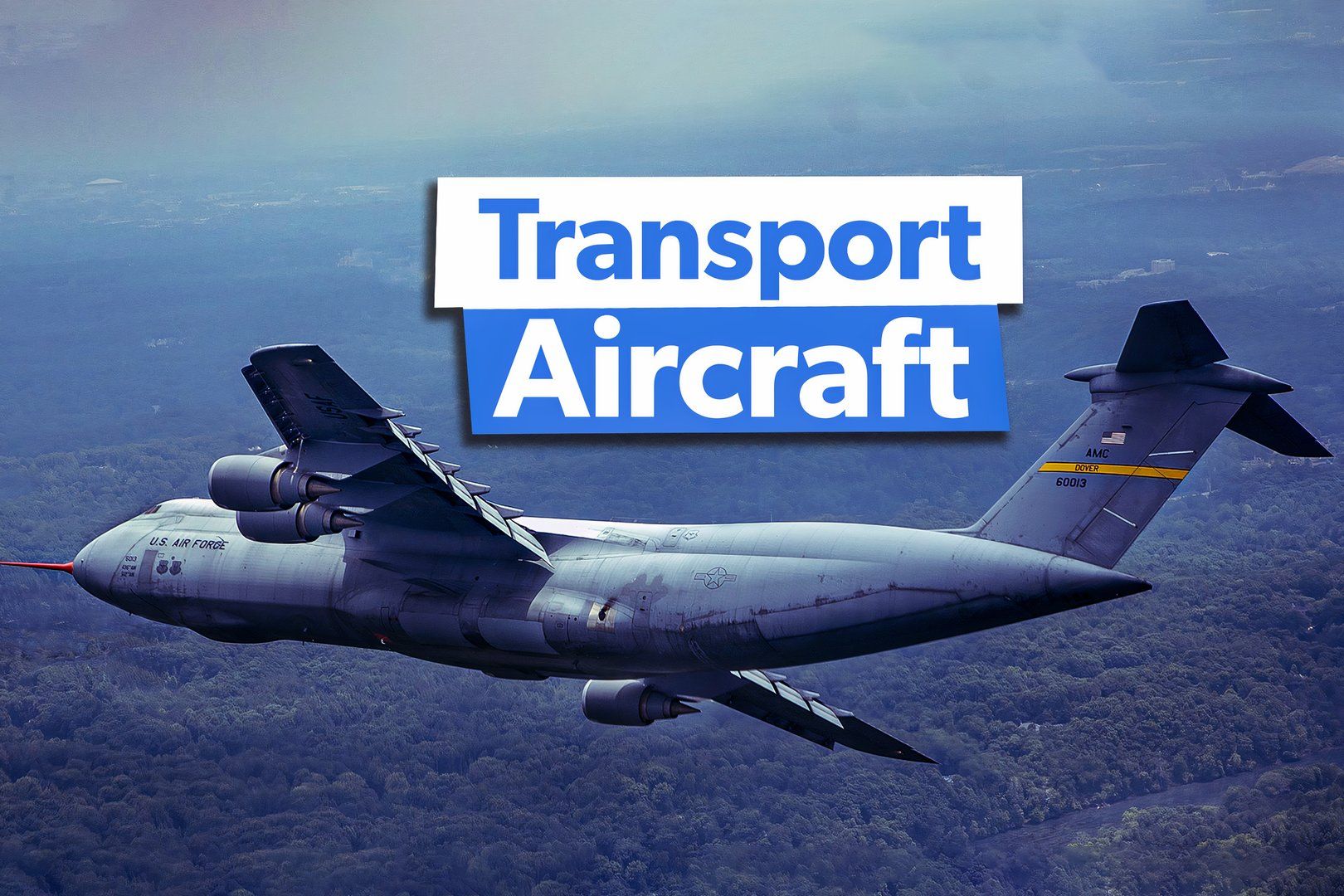
Related
Top 5 Transport Aircraft Of The US Air Force
These airlifters offer the organization impressive capabilities.
Keeping Ospreys flying for decades
The National Interest reports that the Marine Corps is accelerating a massive modernization and readiness overhaul of the MV-22 Ospreys in an effort to upgrade the aircraft’s sensors, broaden their mission scope, sustain the fleet, and add weapons. This is planned to help extend their lives to around 2060. The focus now is not on procuring more Ospreys but on sustaining and improving the ones they have.
Photo: US Air Force
The V-22 Joint Program Office is investigating radical ideas such as converting some into optionally piloted configurations. The JPO seeks to standardize the US military’s Osprey (e.g., eliminating two kinds of mission computers found on different Ospreys). It is good to remember that long-term planning for the Ospreys is still in the beginning stage.
|
V-22 Osprey Specifications (per Boeing) |
|
|---|---|
|
Propulsion: |
2x Rolls-Royce AE1107C |
|
Length: |
Fuselage: 57.3 feet (Stowed 63 feet) |
|
Width: |
Rotors turning: 84.6 feet (stowed 18.4 feet) |
|
Rotor Diameter: |
38.1 feet |
|
Vertical Takeoff Max Weight: |
52,600 lbs |
One of the challenges of the Ospreys is that they were purchased over a 30-year period. Over that time, they have changed significantly, so efforts are also underway to standardize the aircraft. For example, some of the screens and displays were developed in the late 1980s. Looking forward, the services don’t just want to maintain their aircraft. They also want to modernize them. The program to refresh the cockpit will look for commercial, off-the-shelf technologies that can be installed easily.
Photo: viper-zero | Shutterstock
The long-term plan for the V-22 Ospreys is the “ReVAMP” (Renewed V-22 Aircraft Modernization Program. The program has now learned that Osprey’s fuselage has a basically “unlimited” life. This means there is plenty of potential to keep them flying for many years by replacing the wings and nacelles on the aircraft.
Meanwhile, the US Army is developing the Future Vertical Lift (FVL), a family of military helicopters that will come in five different sizes but share common hardware like engines, avionics, and sensors. This platform is planned to eventually replace the Army’s AH-64 Apaches, CH-47 Chinooks, OH-58 Kiowa, and UH-60 Black Hawk helicopters.

